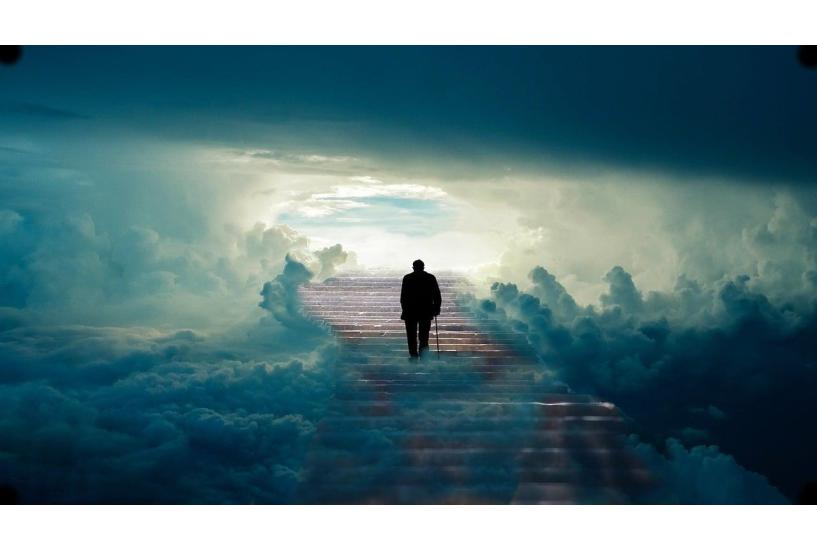Investigating the Afterlife
by Daniel Drasin, author of A New Science of the Afterlife
If you are curious about the possibility of an afterlife but believe that science rules it out, my book A New Science of the Afterlife may provide some food for thought, some helpful guidance, and perhaps a few surprises. I’ve also written it partly to provide a welcoming space and safe haven for those who, for social or professional reasons, may be reluctant to reveal their interest in such things.
Writing this book has been an opportunity to explore my own long-standing passion for this subject matter and to dig deeply into my own motivation for wanting to share it. I’ve found researching and exploring the evidence for an afterlife to be fascinating, challenging, mind-stretching, and illuminating in its own right. This pilgrimage has covered a lot of territory and led me to a deeper understanding and appreciation of my own life and the lives of others.
Having recently celebrated my eightieth birthday, I feel it’s timely to share what I’ve learned about the journey we’ll all sooner or later make to the other side. If my book illuminates or eases that transition for even one reader, or if a handful of readers can say “Hey, I never thought about it that way!” I feel it will have been well worth the effort.
So, what is death, anyway? Is it like the archaic notion of sailing off the edge of a two-dimensional, flat Earth into oblivion? Or is there an unacknowledged dimension in which we can travel safely over the horizon into a new world? Can we discover that new world for ourselves by bringing curiosity, courage, and scientific integrity to the task?
As both an intellectual and experiential explorer, I’ve spent the past three decades investigating the possibility that many of our culture’s beliefs and assumptions about life, death, and reality may be as archaic and misguided as those prescientific notions that the Earth was flat and at the center of the universe.
Today we face a similar predicament as when Copernicus and Galileo challenged the notion of a flat Earth, in which a broad spectrum of human experiences and robustly documented phenomena seem to make no sense in light of our currently dominant theories and beliefs. But rather than “looking through the telescope”—bringing our curiosity and our best investigative tools and talents to bear—the overwhelming response of our most influential social, scientific, and academic institutions has been to resist and deny these reports. As a result, many who attest to them in good faith are ridiculed, ostracized, or punished, as if we still lived in a dark age determined to defend itself, at all costs, against an encroaching enlightenment. Yet, I firmly believe a shift of perspective is possible, at least for those who can embrace it with curiosity, courage, keen intuition, and clear, open minds.
Many of us are being called to this new vision by myriad influences: by the works of courageous writers, scientists, philosophers, and doctors; by those who have been resuscitated from clinical death; and by psychically talented individuals and electronic experimenters apparently in touch with those who have gone before us across the threshold. For some it’s the result of undeniable personal experiences or compelling scientific curiosity. For others it’s simply a powerful inner calling that cannot be silenced.
To what, exactly, are we being called? Simply to consider the possibility that what we take to be the whole of reality is embedded in a more comprehensive matrix. Some have described this as a “Greater Reality,” in which an afterlife exists as obviously and naturally as our physical life exists in our familiar physical universe. Its substance, however, is not said to lie in physicality as we know it but in the seemingly ephemeral realm of consciousness.
Thanks to some interesting experiences I’ve been blessed with throughout my life, I’ve long suspected that reality as currently interpreted by our senses, sciences, and society isn’t the whole picture. This came into better focus as I began to connect with others who had had similar experiences and suspicions. Virtually all were sane, productive individuals who didn’t seem at all misguided, weak-minded, credulous, or superstitious. Some were brilliant visionaries. Some were teachers, doctors, journalists, and businessfolk. Some were working scientists.
What were we seeing and suspecting in common? Simply that the familiar physical universe we take to be the whole of reality may in fact be only the tip of an iceberg—the visible surface of a deeper, richer, more colorful realm that’s made of different stuff and plays by a more lively and creative set of rules.
This “Greater Reality” is said to be where our awareness—in other words, our self, soul, being, or essence—resides between and beyond our space-and-time-bound physical lives. Though this reality may be heavily masked by our powerful physical senses and habits of mind, we may get tantalizing glimpses of it when our awareness is dilated or redirected during lucid dreams, meditation, sensory-deprivation sessions, psychedelic journeys, near-death experiences, or quiet moments under the night sky.
The main purpose of my book is to explore how we might better recognize, demystify, appreciate, and befriend that Greater Reality while still living fruitfully in the physical world.
While I am not a credentialed scientist, in the book I quote and paraphrase more than a few accomplished scientists, artists, philosophers, and academics. My goal is not to create yet another chapter-and-verse belief system; it is simply to present for your consideration a vision of reality that goes hand-in-glove with some astonishing recent discoveries by several emerging branches of science. If these insights are on the mark, perhaps this new vision might help us turn the right corner at a critical juncture in our evolving journey on this planet and beyond.
That said, theories and abstractions have their place, but they don’t dictate reality. So in the book I focus mainly on concrete observations, robust evidence, and some exercises we can play with to expand and hone our perceptions. As we shall see, some things we might assume to be improbable or even unthinkable may turn out to be surprisingly familiar once we notice them already at play in our everyday lives.
The book is divided into three main parts. In Part I, I survey the emerging fields of afterlife research and related studies. In Part II, I examine in detail some of the most carefully studied and scientifically robust evidence for an afterlife. In Part III, we will consider the substance, location, experience, and purpose of an afterlife, and its relevance to our earthly lives. I also include a resources section and recommended reading list to provide further information and perspectives on the question of an afterlife.
Throughout the course of the book, I explore 15 promising post-materialist scientific investigations currently underway, all seeking to demonstrate the continuity of human consciousness beyond the physical body and after death. I look in depth at three examples that offer the most objectively irrefutable evidence for the survival of consciousness: electronic audio and visual communications from the other side, the groundbreaking five-year Scole Experiment in physical mediumship, and the profoundly evidential reincarnation case of James Leininger.
Are you ready to fasten your mental seatbelt and take a deep dive into one of today’s most compelling and far-reaching frontiers of scientific exploration? I hope so, and I welcome you to learn more in A New Science of the Afterlife.
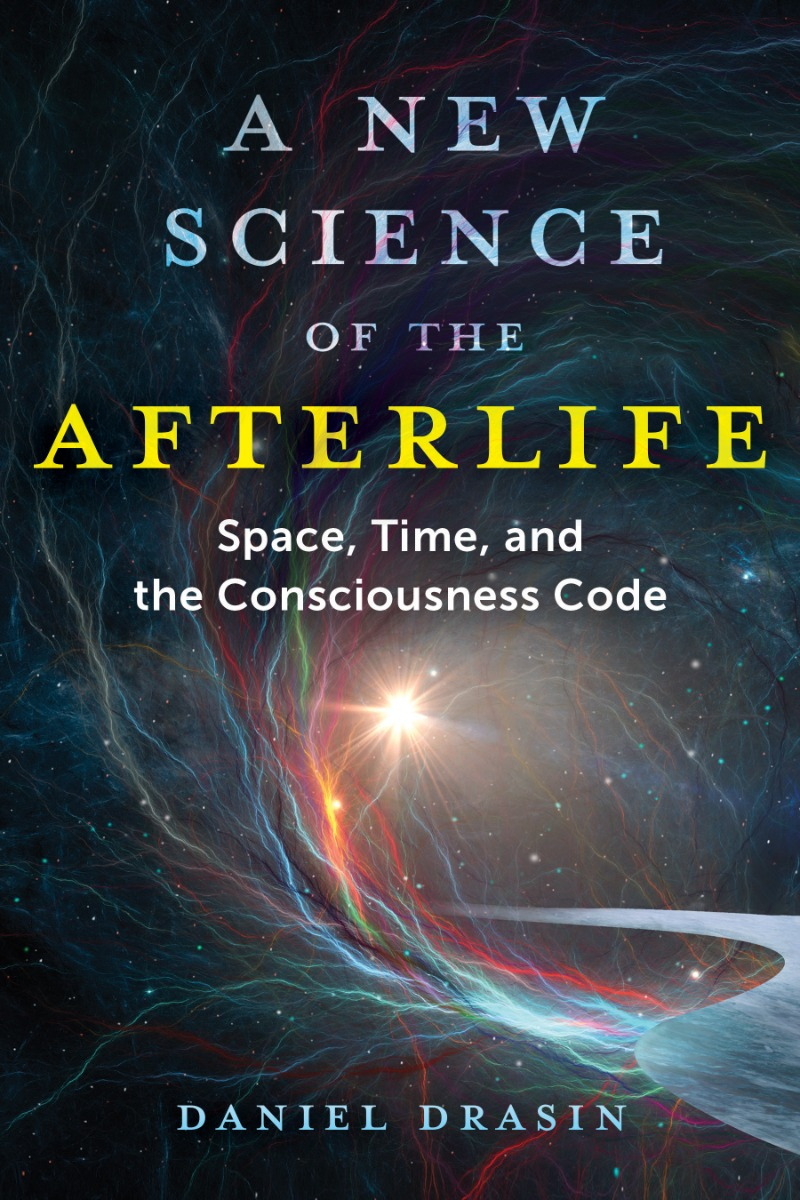 |
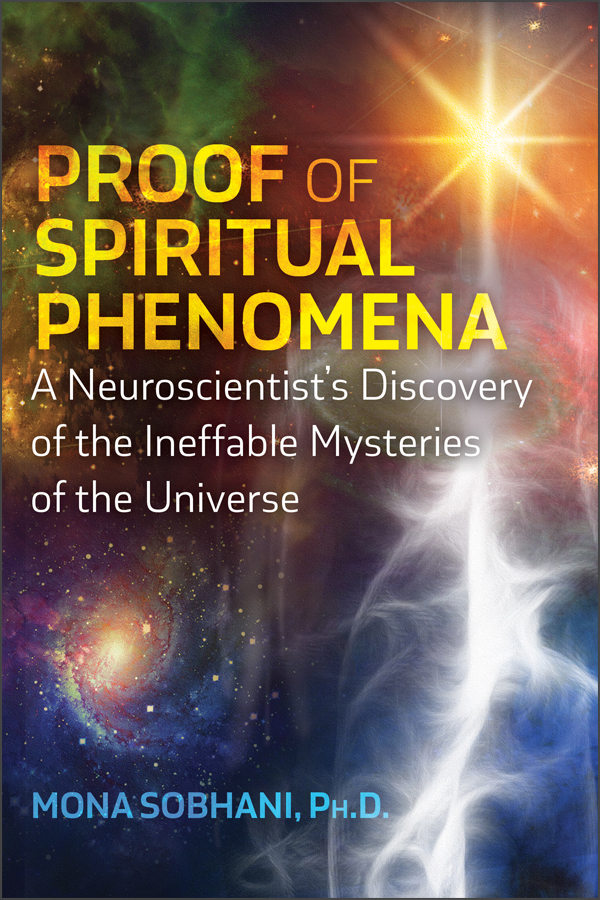 |
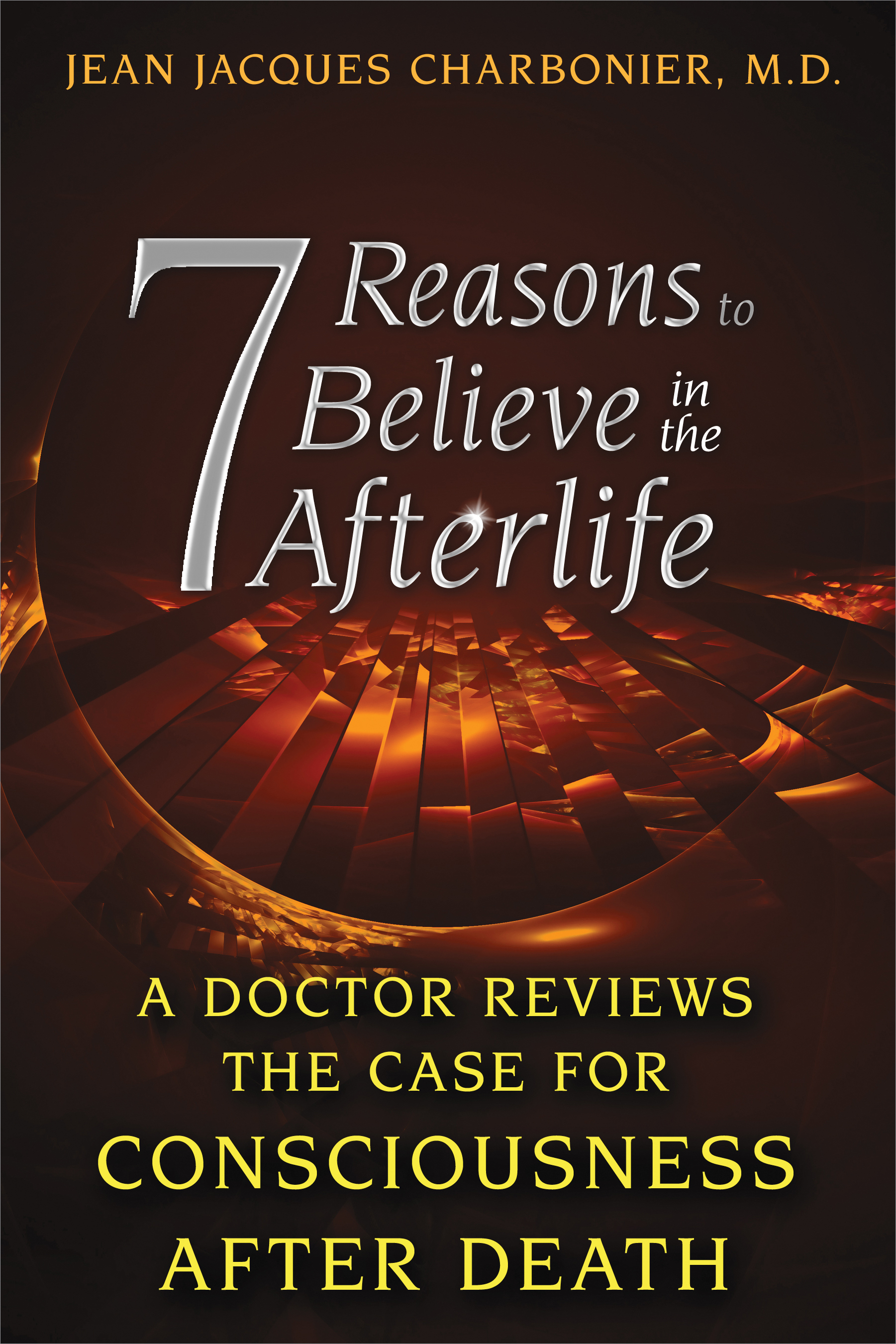 |
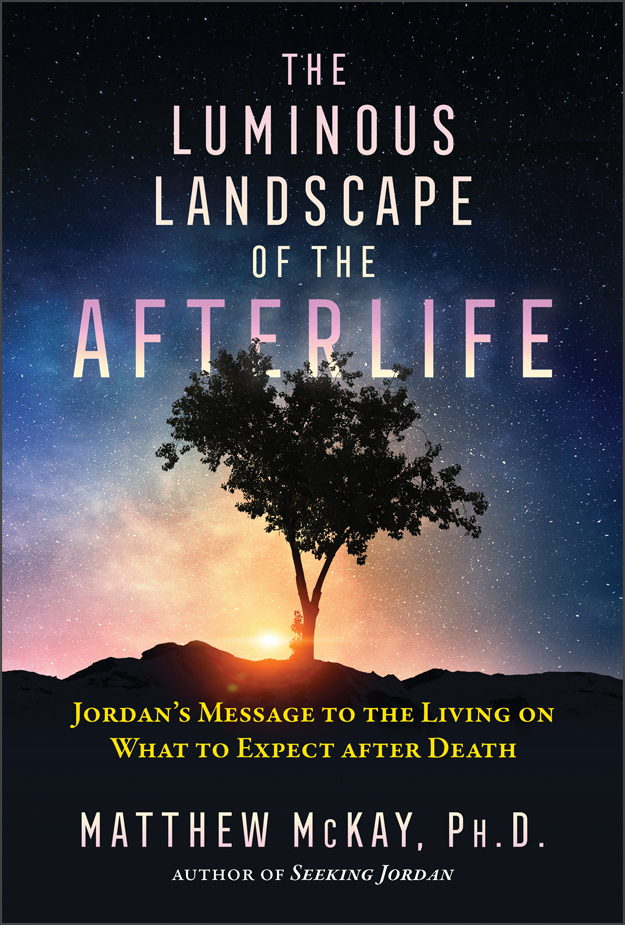 |
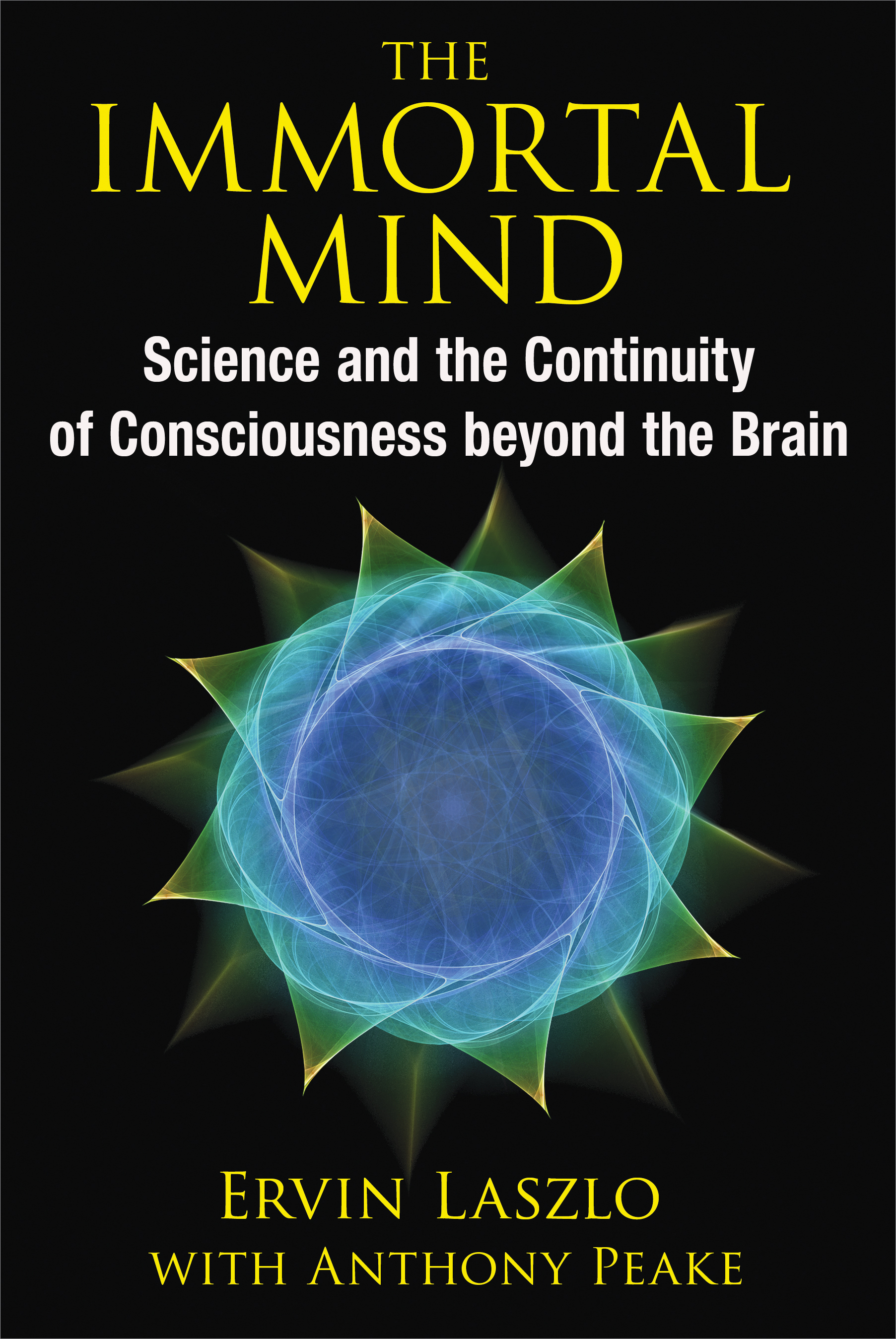 |


